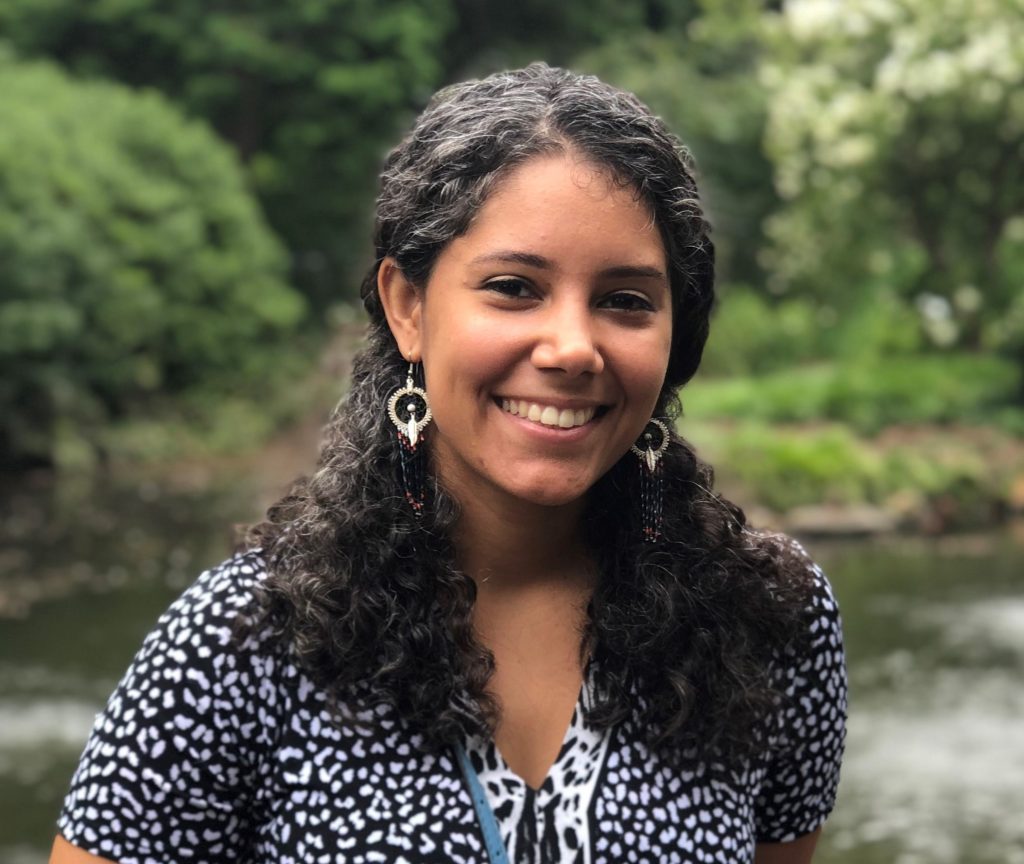Friday, March 29, 2024 at 10:30am CT
This talk was recorded and is available on request. Please contact social@ig.utexas.edu to request a link.
Speaker: Melisa Diaz, Assistant Professor, The Ohio State University
Host: Benjamin Keisling
Title: Biogeochemistry of a Greenland Ice-Marginal Lake
Abstract: Due to polar amplification, nearly every glacier in Greenland has thinned and/or retreated in recent decades. The meltwater generated from these glaciers can take several paths, ultimately discharging into coastal waters or stored in closed-basin lakes. Ice-marginal lakes are a common but poorly understood feature in many glaciated regions, including Greenland. The lakes receive freshwater input from a combination of subglacial, supraglacial, terrestrial and meteoric sources, and a subset periodically drain, resulting in the rapid discharge of large volumes of water downstream (glacial lake outburst floods – GLOFs). In the case of drainages under adjacent marine terminating glaciers, GLOFs can deposit large amounts of sediment, nutrients, and freshwater directly into coastal waters and fjords. Lake Tininnilik, a large (~40 km2) ice-marginal lake that forms along Saqqarliup Glacier in west Greenland, drains ~2 km3 on quasi-cyclic decadal timescales into Saqqarleq Fjord to the north. For this talk, I will discuss the first comprehensive biogeochemical analysis of Lake Tininnilik and its potential influence on coastal primary productivity, including its major and minor nutrient stoichiometry and microbial composition. As the climate continues to warm, GLOFs are expected to become more frequent in Greenland. Therefore, it is imperative that we understand how these events can impact coastal community resilience.

